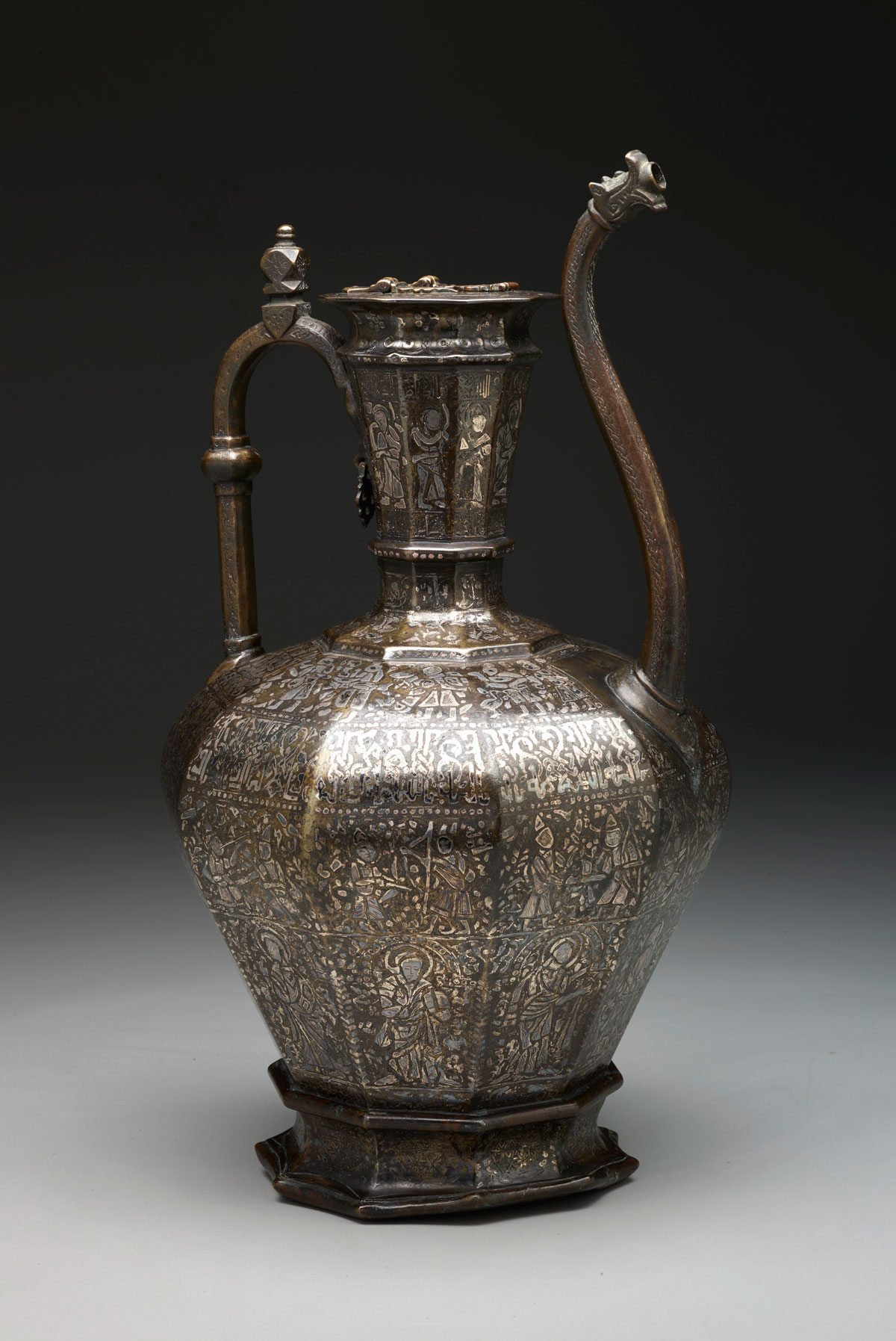One of the world’s most important private collections of Islamic art now has a purpose-built gallery at the Dallas Museum of Art.
The Keir Collection of Islamic Art is on a long-term loan to the DMA, making the museum the third largest repository of Islamic art in the United States.
“A few years ago, when I became the Senior Advisor for Islamic Art at the DMA in 2012, there was no Islamic art to speak of as such. So to have this collection of almost 2,000 pieces of Islamic art is extraordinary. It transforms Dallas as a center of Islamic art overnight,” Dr. Sabiha Al Khemir said.
The Keir Collection of Islamic Art Gallery will open on April 18.
The dedicated gallery is prominently located off the DMA’s Concourse and specially designed to showcase the beauty of over 150 works from the Keir Collection, many of which have not been publicly exhibited.
“What we tried to do is release the spirit of the culture,” Al Khemir said. The DMA’s goal was to create a light-filled experience showcasing the beauty, serenity, philosophy and diversity of Islamic culture.
The gallery is organized as an intimate journey through specialized mediums including works on paper, rock crystal, ceramics, metalwork and textiles. Due to the fragility of several pieces, artwork will be rotated every few months.
The Scene
Descriptions of the pieces are provided in English and Spanish and the DMA is creating a digital archive of the Keir Collection to increase public and scholarship accessibility.
The Keir Collection, named for a British mansion that once housed it, was assembled by art collector Edmund de Unger over five decades and is considered one of the most geographically and historically comprehensive collections.
“Islamic art is an incredible mirror into the Islamic world because there are centuries of beauty spilling from the 7th century all the way to the 19th century across mediums. These different objects are so beautiful; they are a testimony of the culture and its refinement and its voice. When we look at them, they don’t lie. They say the truth,” Al Khemir said.
Al Khemir, a native of Tunis, recently became an American citizen and hopes this exhibition will help bridge Eastern and Western cultures.
“Islamic art holds the mentality of this culture. Every piece almost is filled with writings of proverbs, of sayings, of poetry, or wisdom that is actually universal. Values I grew up with in Islamic art and in Islamic culture are values I do find in America. These are universal human values,” Al Khemir said.
Agustin Arteaga, The Eugene McDermott Director of the DMA, expects The Keir Collection of Islamic Art Gallery will reflect Dallas’ diversity.
“Dallas is the new melting pot,” Arteaga said. “A large number of this population that has come in recent years to Dallas is from Islamic origin, from many countries, as well as Asians, Africans and of course, Latinos. We make a very interesting composition. I think it’s our duty as a museum to serve them all, but most of all, to help each other learn about us, to learn about the other, to learn and understand what great contributions all cultures have made and how we should all be happily living together.”
 Dallas Museum of Art
Dallas Museum of ArtThe “Homberg Ewer,” a brass and silver inlay pitcher-like vessel crafted in 1242, is one of Al Khemir’s favorite pieces because it reflects the Islamic world’s diversity.
One part of the vessel depicts Christian scenes while another section portrays Islamic iconography of court life. Al Khemir explains if either the Christian or Islamic section of the ewer were removed, the vessel would not function.
“The interaction between people is something live and dynamic and it can be seen in these pieces. Each one of them almost shows a dialogue between cultures,” Al Khemir said.
Working with the Keir Collection has been an honor for Al Khemir. “To work with the Keir Collection is to work with the rare, the exquisite and the magnificent,” Al Khemir said.
The rarities include a 16th century Indian Khamsa of Nizami manuscript and pages from the 1330 Shahnama known as “The Demotte Shahnama.” Some of the most magnificent pieces are rock crystal, including the Fatimid Ewer, which proved to be popular during the DMA’s Spirit and Matter: Masterpieces from the Keir Collection of Islamic Art exhibition in 2014.
Al Khemir explains many of the pieces are everyday objects and hopes the visitors will discover the joyful beauty that makes up Islamic life. “It is a celebration of life and that celebration of life is an honest expression of the essence of Islamic culture,” Al Khemir said.
The Keir Collection of Islamic Art Gallery is part of the DMA’s free admission policy. To learn more about the Keir Collection, visit www.dma.org.
Kimberly Richard is a North Texan with a passion for the arts. She’s worked with Theatre Three, Inc. and interned for the English National Opera and Royal Shakespeare Company. She graduated from Austin College and currently lives in Garland with her very pampered cocker spaniel, Tessa.



